Are you looking for a way to share your screen with others? You may have encountered “screen casting” and “screen mirroring.” How are they different? Keep reading to find out!
What Is Screencasting?
Screen casting is the process of recording your screen to create a video. This can be useful for creating tutorials, demonstrating software, or recording a gaming session. Screen casting is different from screen mirroring in several important ways.
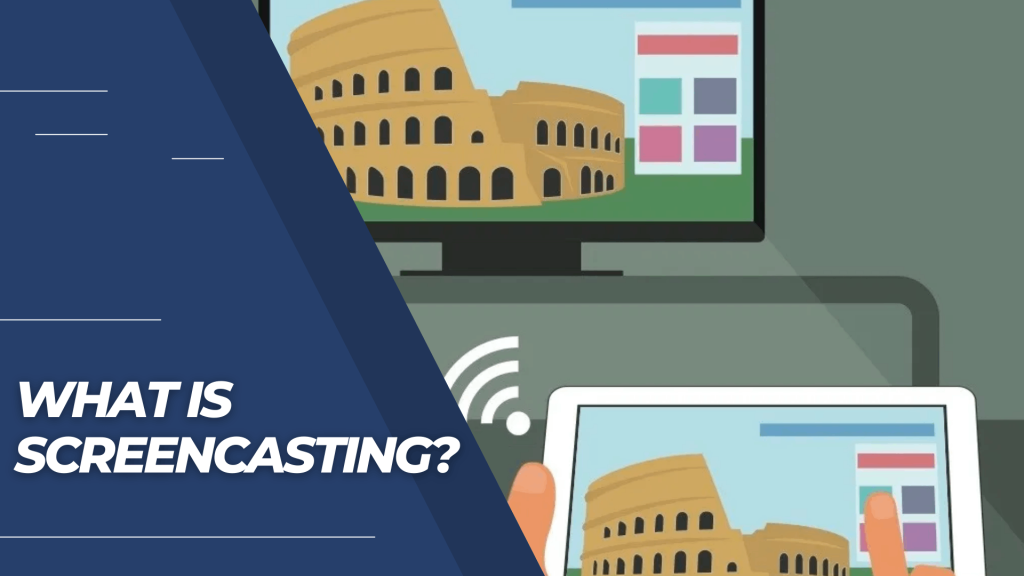
Screen mirroring shows what is on your screen on another display. This can be useful for sharing information or displaying content from your device on a larger screen. However, screen mirroring does not allow you to record your screen.
Screen casting allows you to record your screen, which can help create tutorials or demonstrate software. Screen casting also will enable you to edit the recorded video, which can help create a polished final product.
Overall, screencasting is a more versatile and powerful tool than screen mirroring. If you need to record your screen or edit your recordings, screencasting is the way to go.
What Is Screen Mirroring?
With screen mirroring, you can share your screen with another device. This can be useful if you want to show someone else what you’re working on or if you want to share a presentation with a group.
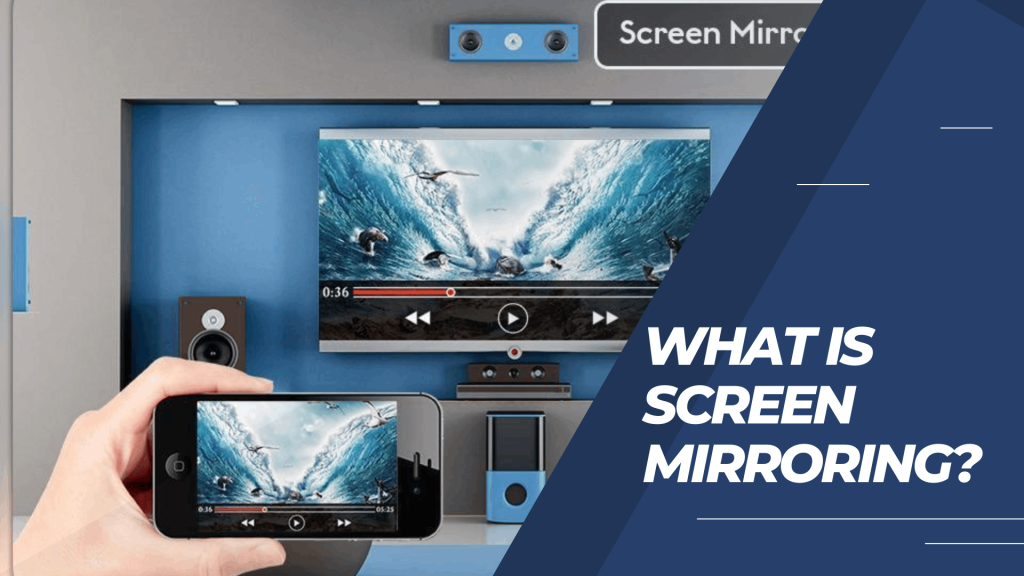
Screen casting is a similar technology, but it has some key differences. For one, screen casting usually requires special software or hardware, whereas screen mirroring can often be done with built-in tools.
Screen casting also tends to be higher quality than screen mirroring, as it captures the visuals and audio. You can use this to give a detailed tutorial or demonstration.
Finally, screencasting is typically done from one device to another, whereas screen mirroring can often be done simultaneously from one device to multiple devices. This makes it ideal for sharing presentations or other content with a large group of people.
The Difference Between Screen Casting and Screen Mirroring
Screen casting and screen mirroring are two very different things. Screen casting is where you record what is happening on your screen, while screen mirroring duplicates your screen onto another device.
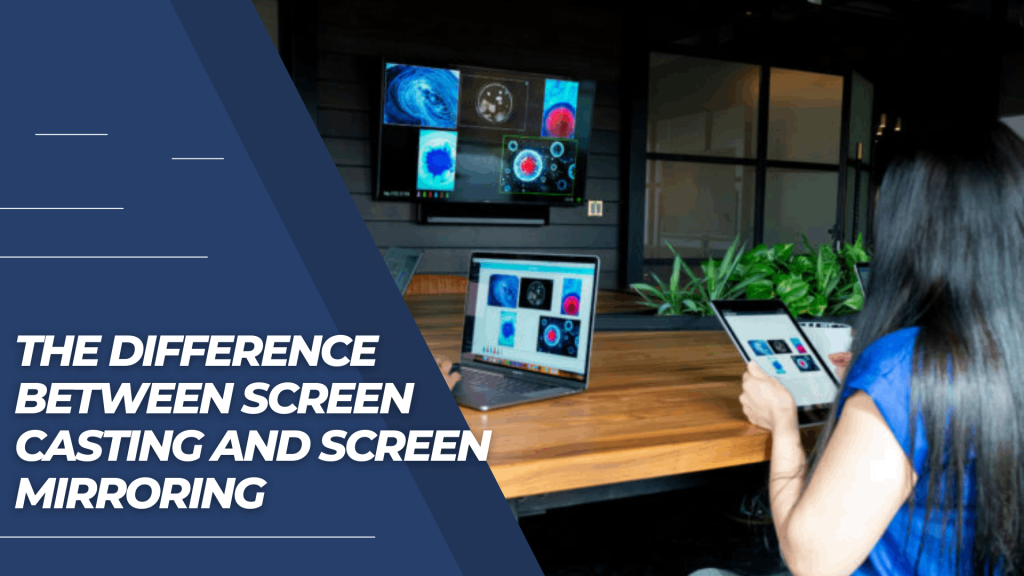
You might want to do either of these things for many reasons. Screen casting can be used to create tutorial videos or capture footage of a game or other software in action. Screen mirroring can be used to share your screen with another person or display it on a larger screen.
In contrast to screen mirroring, screen casting captures audio and video, while screen mirroring does not. If you’re trying to capture game footage, you’ll need to use screen casting. To share your screen with someone else, then screen mirroring will suffice.
Screen Casting vs. Screen Mirroring: Which Is Better?
There are advantages and disadvantages to both, depending on your specific needs. Here’s a brief rundown of each technology to help you decide which is right for you.
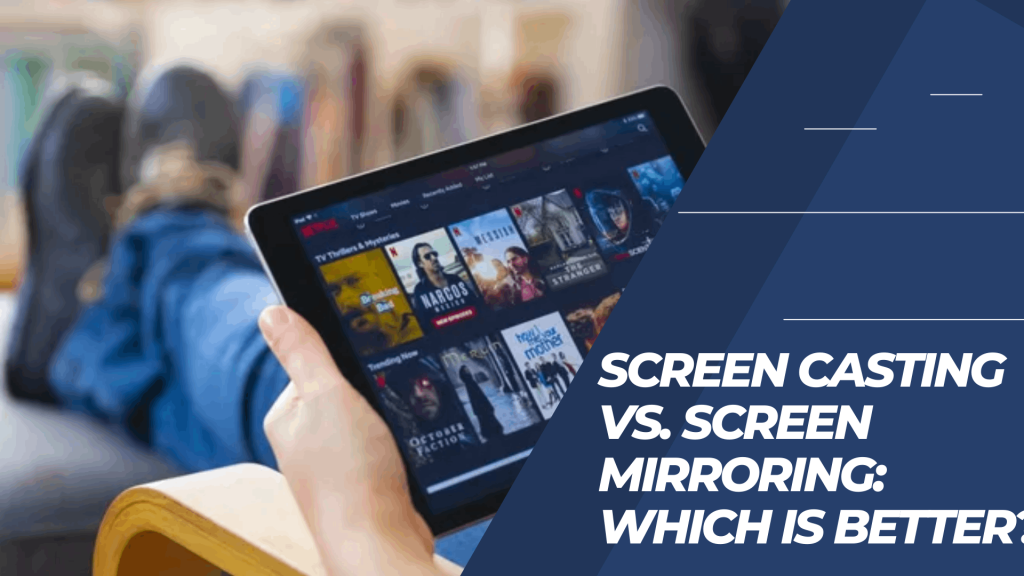
Screen casting is the process of sending video from one display to another. It’s typically used to send content from a computer or mobile device to a TV or projector. The main advantage of screencasting is that it doesn’t require any special hardware – all you need is an HDMI cable. In addition, it’s relatively easy to set up, and you can usually do it without installing any additional software.
However, there are some drawbacks to screen casting:
- The video quality isn’t always excellent, especially if you’re trying to cast from a lower-resolution device like a smartphone.
- It can be difficult to get audio to sync up with the video, which is frustrating when watching a movie or TV show.
- Not all devices support screen casting, so you may not be able to use this method with your favorite device.
How to Set Up Screencasting
You need to do a few things in order to set up screen casting. First, you need to have a device that supports screen casting, such as a Chromecast, Roku, or Amazon Fire Stick. Once you have one of these devices, you’ll need to connect it to your TV.
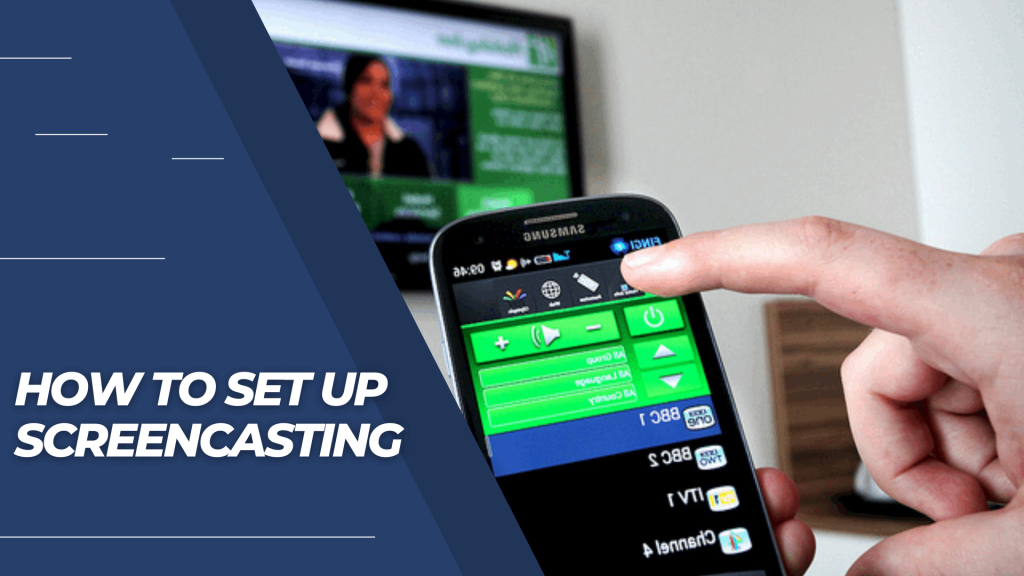
Then, you’ll need to download a screencasting app on your phone or tablet. Install the app and follow the instructions to connect to your device. Once you’re connected, you should be able to start casting your screen.
How to Set Up Screen Mirroring
Screen mirroring and screen casting are popular methods for sharing your screen with others. But what’s the difference between the two? And which one is right for you?
Here’s a quick rundown of the differences between screen mirroring and screen casting:
| Screen mirroring | Screencasting |
| Screen mirroring displays your entire screen on another device, including all apps and windows. | Screen casting only shares specific content from your screens, such as a PowerPoint presentation or a video. |
| Screen mirroring is typically used for short-term, real-time sharing, such as when giving a presentation or sharing your screen during a video call. | Screencasting is often used for long-term sharing, such as when posting a video tutorial online. |
| Screen mirroring requires both devices to be on the same Wi-Fi network. | Screen casting can be done over a Wi-Fi network or through an HDMI cable. |
So, which one should you use? It really depends on your needs. If you need to share your entire screen in real-time, then screen mirroring is the way to go.
FAQs
Depending on which device you’re using, there are a few different ways to start screen casting or mirroring. For example, you can use the built-in AirPlay feature on an iPhone or iPad to wirelessly share your display with an Apple TV or another compatible device.
You can use the Miracast standard to share your screen with another Windows PC or certain types of TVs and streaming devices on a Windows PC. And on a Mac, you can use the built-in Screen Sharing feature to share your display with another Mac or certain types of TVs and streaming devices.
Yes, you can share your screen with multiple people in most cases simultaneously. This is often done by sharing your screen over a video conference call or streaming services like Skype, FaceTime, Hangouts, or Twitch.
In many cases, all you need is the device you’re using to share your screen (e.g., a laptop, tablet, or smartphone) and a way to connect it to the display you want to share with others (e.g., an HDMI cable, Wi-Fi connection, or Bluetooth).
The exact process for stopping screen casting or mirroring will vary depending on which device you’re using. For example, on an iPhone or iPad, you can use the Control Center to disable AirPlay mirroring.
On a Windows PC, you can use the Action Center to disable Miracast sharing. And on a Mac, you can use the Screen Sharing app to stop sharing your display.
Conclusion
Screen casting and screen mirroring are two different ways to share your screen with others. Screen casting is great for sharing presentations or tutorials, while screen mirroring is ideal for sharing movies or playing games. Both methods have advantages and disadvantages, so choosing the right one for your needs is important.